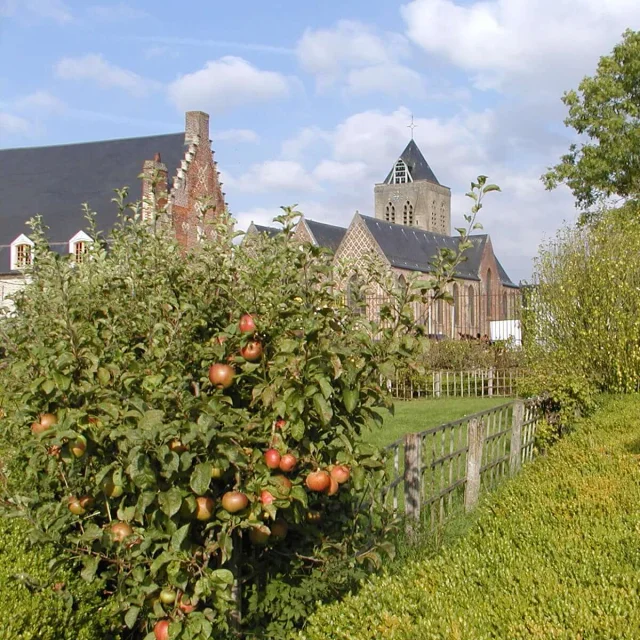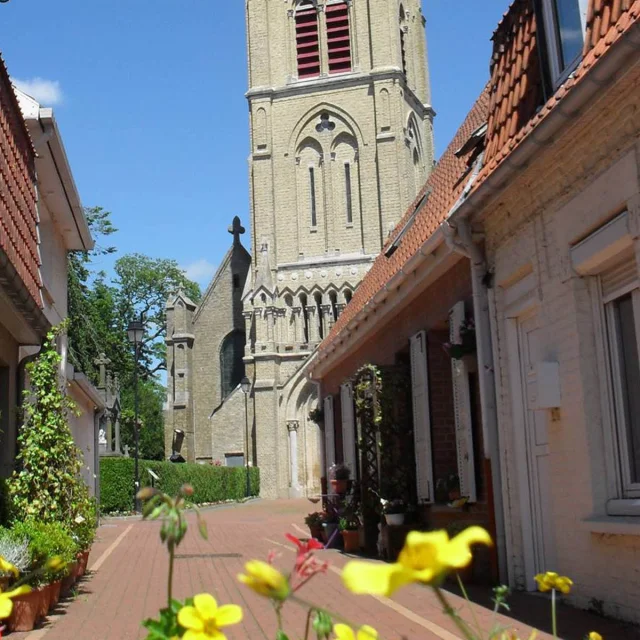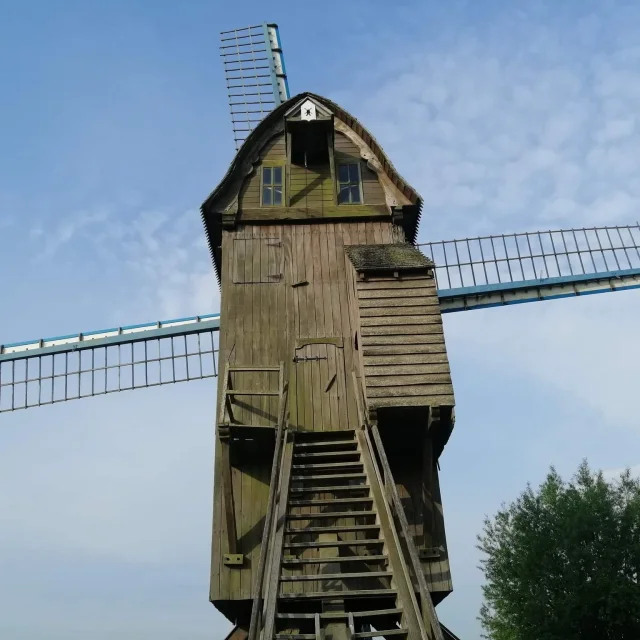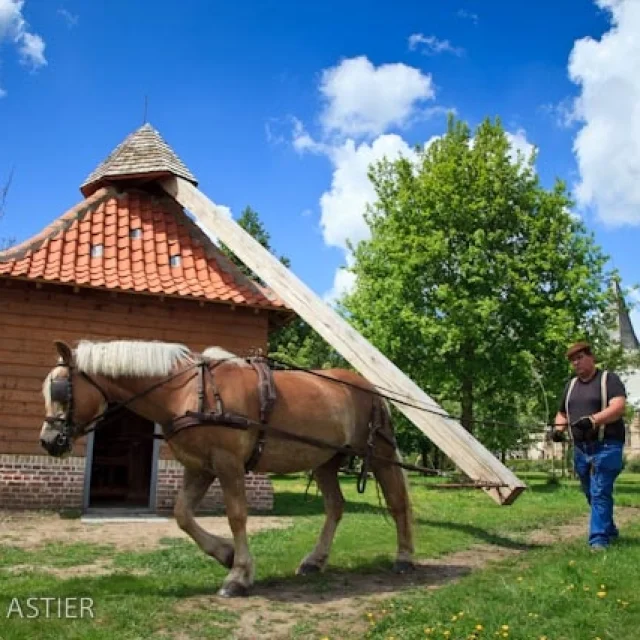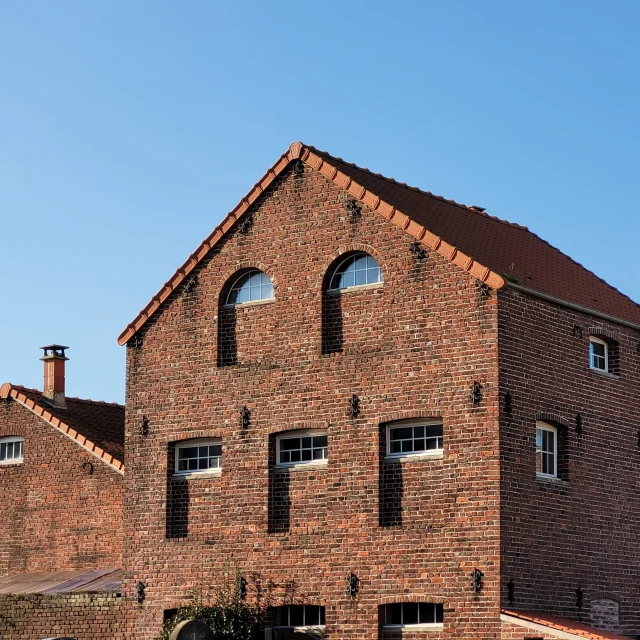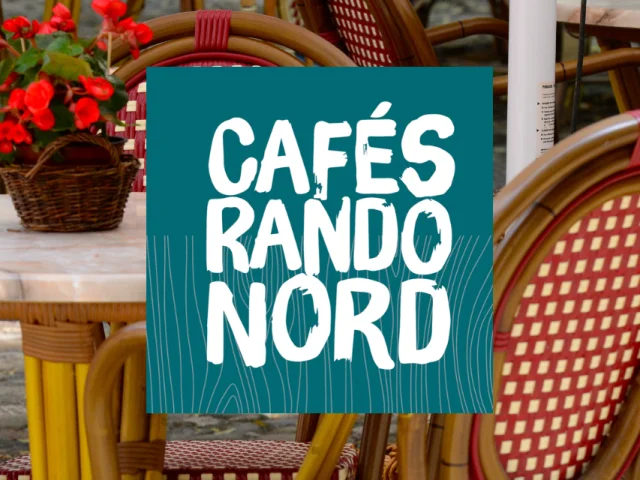BROUCKERQUE - 7 KMThe setting of marshes and polders
With its 1,300 inhabitants, Brouckerque covers almost 1,200 hectares in Flandre Maritime, a land shaped by water and history. Formerly a marshland, the town owes its name to its unique nature: brouck means “marsh” and kerk means “church”. Here, in the heart of the polders, every nook and cranny tells of the ancestral struggle to tame the waters of the Aa delta. Thanks to the traditional network of wateringues, these ingenious canals, the inhabitants have gradually conquered these low-lying lands, giving life to a unique landscape where nature and man coexist in harmony.
Brouckerque invites you to discover this authentic corner of the world, full of calm, beauty and a rich heritage linked to the marshes of yesteryear.
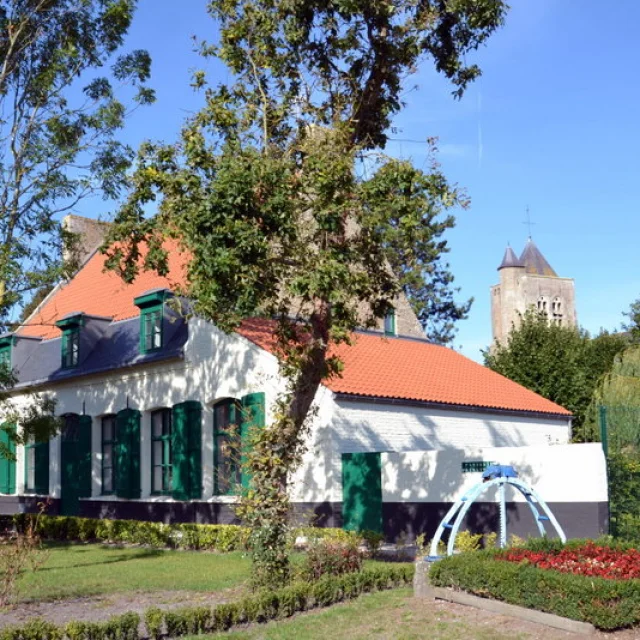 Brouckerque
Brouckerque
